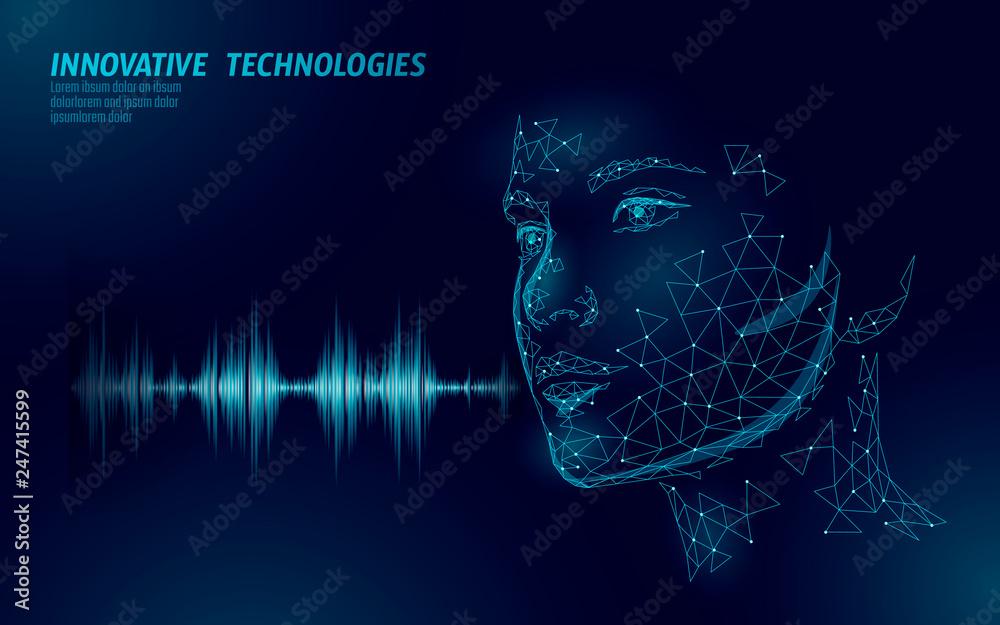AI Voice Recognition Technology: An Overview
In today’s fast-paced digital world, AI voice recognition technology is becoming an increasingly integral part of our daily lives. From smart assistants and customer service bots to navigation systems and transcription services, voice recognition is altering the way we interact with technology. This article offers a comprehensive overview of AI voice recognition, covering its technology, benefits, applications, challenges, and future trends.
What is AI Voice Recognition Technology?
AI voice recognition technology is the ability of software to identify and process human speech into a format that machines can understand. The technology relies heavily on machine learning algorithms and natural language processing (NLP) to convert spoken language into text or execute commands.
How Does AI Voice Recognition Work?
At its core, AI voice recognition utilizes several key technologies:
- Acoustic Model: Recognizes the sounds in speech.
- Language Model: Predicts the likelihood of sequences of words.
- Pronunciation Dictionary: Maps words to their phonetic representations.
The process typically involves the following steps:
- Voice Input: The user speaks into a microphone or device.
- Signal Processing: The software processes the audio signal to filter out noise.
- Feature Extraction: Key characteristics of the audio are extracted to assist in recognition.
- Decoding: The software compares the extracted features to known patterns.
- Output: The recognized words are displayed as text or processed for action.
Benefits of AI Voice Recognition Technology
There are numerous benefits of incorporating AI voice recognition technology, including:
- Enhanced User Experience: Provides a hands-free and intuitive way to interact with devices.
- Increased Efficiency: Speeds up tasks that would take longer when typed out.
- Accessibility: Greatly assists those with disabilities, making technology more inclusive.
- Cost-Effective: Reduces the need for extensive customer service interactions through automation.
Applications of AI Voice Recognition Technology
AI voice recognition technology finds application in various sectors, including but not limited to:
- Smart Assistants: Devices like Amazon Alexa, Google Assistant, and Apple’s Siri utilize voice recognition to perform tasks.
- Customer Service: Chatbots and virtual agents improve customer engagement through voice queries.
- Healthcare: Voice recognition assists in transcribing medical notes, ensuring better patient documentation.
- Automotive: Hands-free controls allow drivers to navigate and respond to messages without distraction.
Case Studies of AI Voice Recognition Technology
Several companies have successfully implemented voice recognition technology:
| Company | Implementation | Outcome |
|---|---|---|
| Amazon | Alexa Smart Home Devices | Increased consumer adoption and market leadership. |
| Google Assistant | Enhanced user engagement and brand loyalty. | |
| Nuance | Healthcare Services | Streamlined patient documentation and improved accuracy. |
Challenges in AI Voice Recognition Technology
Despite its advancements, voice recognition technology faces several challenges:
- Accents and Dialects: Variability in speech can lead to misunderstandings.
- Environmental Noise: Loud backgrounds may hinder accurate recognition.
- Privacy Concerns: Voice data collection raises security and ethical issues.
- Contextual Understanding: Limitations in recognizing contextual nuances can lead to errors.
Practical Tips for Implementing AI Voice Recognition
For businesses looking to incorporate AI voice recognition technology, consider the following practical tips:
- Invest in Quality Equipment: Use high-quality microphones to capture clearer audio.
- Continuous Training: Regularly update your AI models with diverse and extensive datasets to improve accuracy.
- User Feedback: Gather user feedback to refine and enhance voice recognition systems.
- Stay Informed: Keep up with advancements in AI and voice recognition to stay competitive.
First-hand Experience with AI Voice Recognition
A user shared their experience utilizing AI voice recognition technology, stating:
“Switching to voice-activated commands improved my productivity immensely, especially while multitasking. It feels futuristic and is surprisingly accurate, even with my fast speech.”
The Future of AI Voice Recognition Technology
As technology advances, we can expect significant developments in AI voice recognition. Some anticipated future trends include:
- Multilingual Support: Improved capabilities in recognizing and processing multiple languages.
- Emotion Recognition: Technology evolving to interpret emotional tones in voice for better interaction.
- Integration with IoT: Greater convergence with Internet of Things (IoT) devices for seamless user experiences.
Conclusion
AI voice recognition technology is not just a passing trend; it is transforming how we interact with machines and conduct daily tasks. With its growing applications, benefits, and potential future developments, voice recognition technology stands to play a crucial role in enhancing user experiences across various sectors. As industries continue to adopt this technology, the future looks promising for businesses and consumers alike. Embracing these advancements today can lead to better efficiency, accessibility, and engagement tomorrow.

